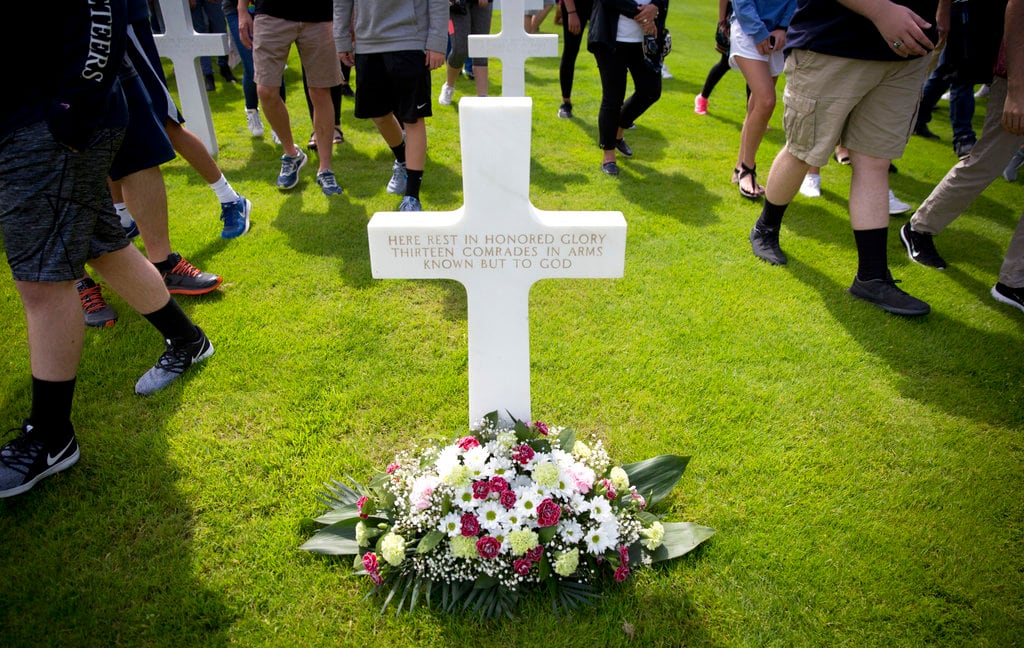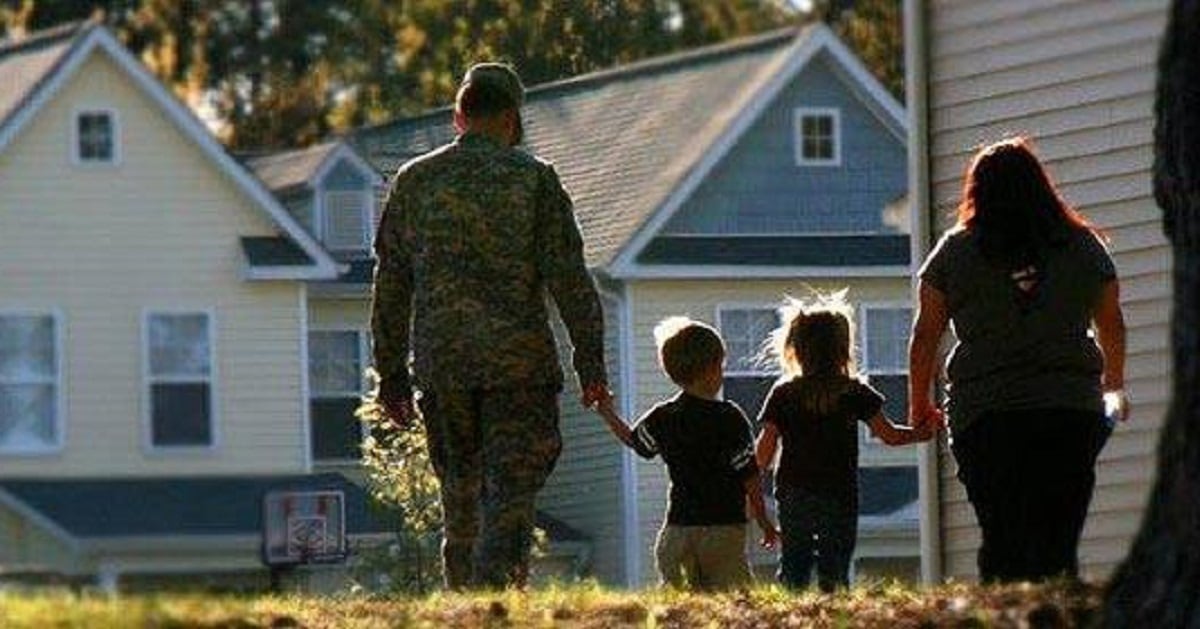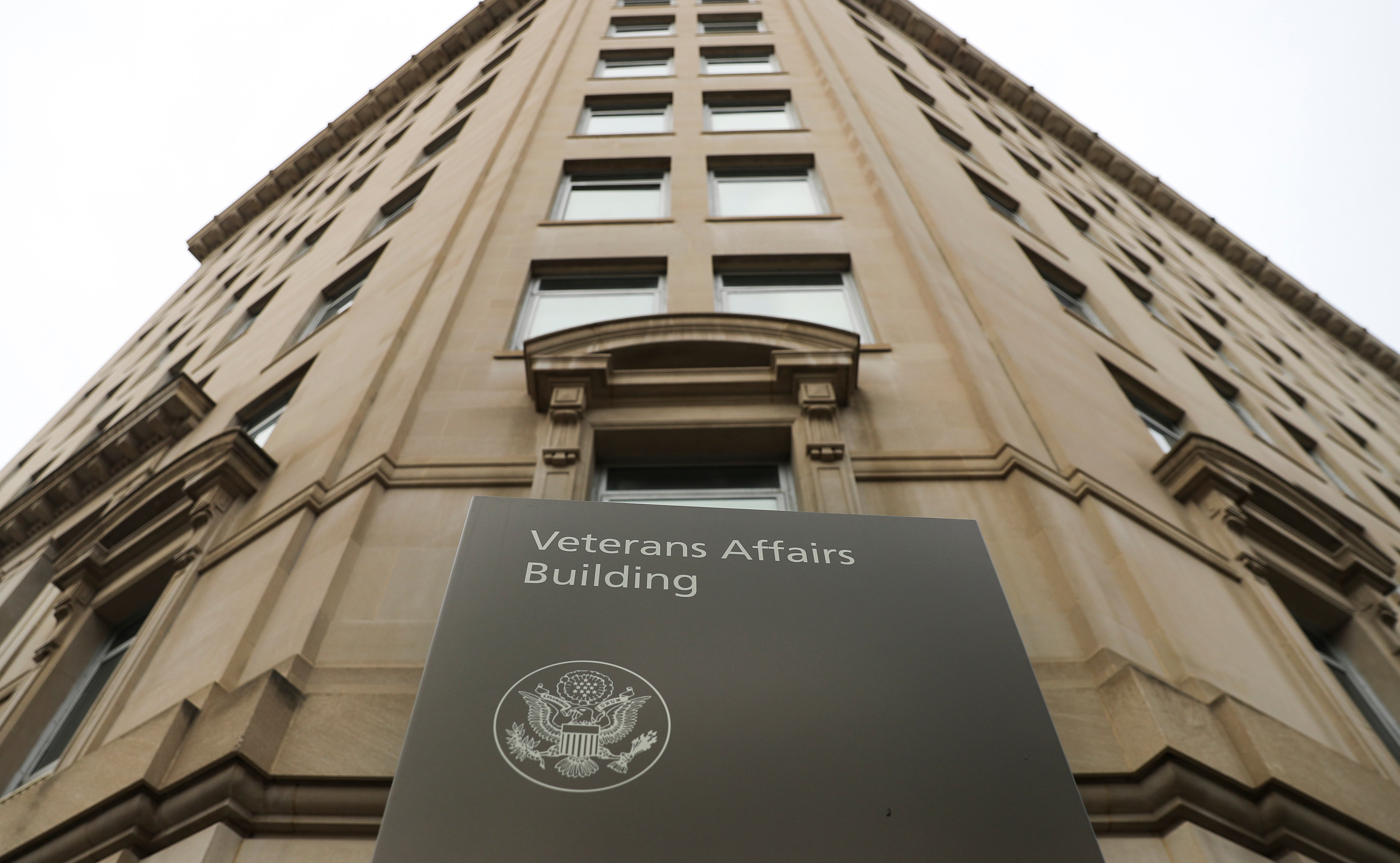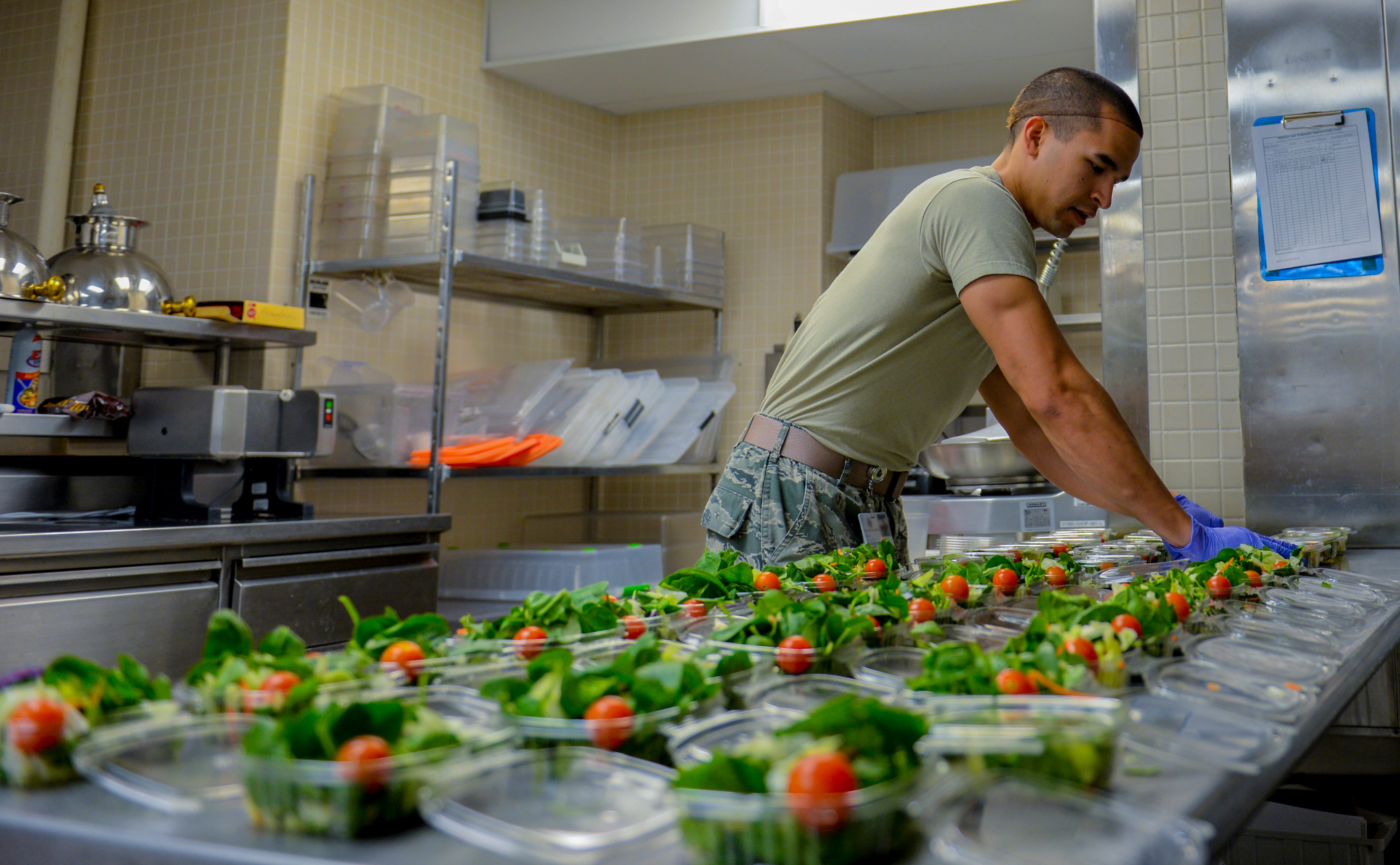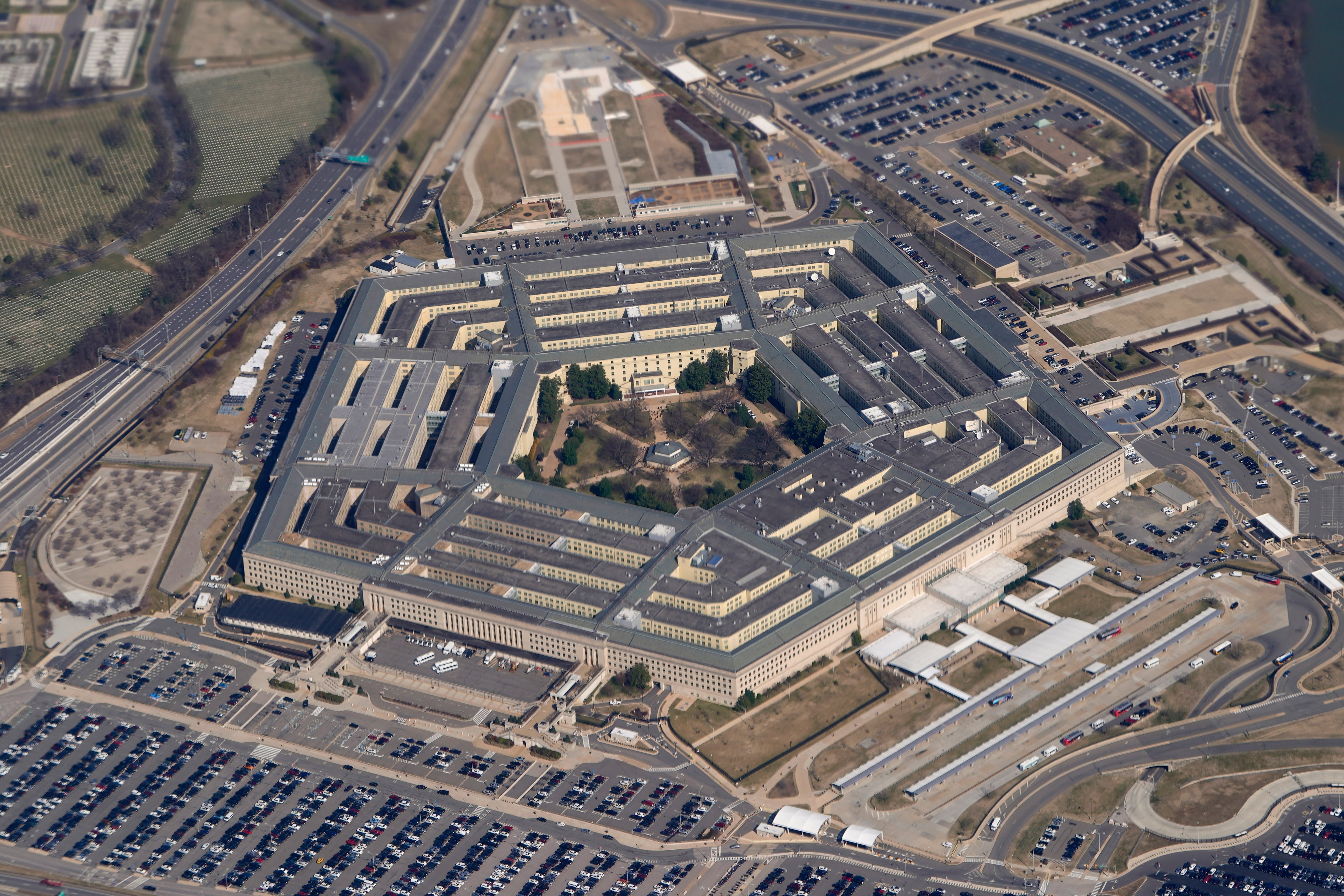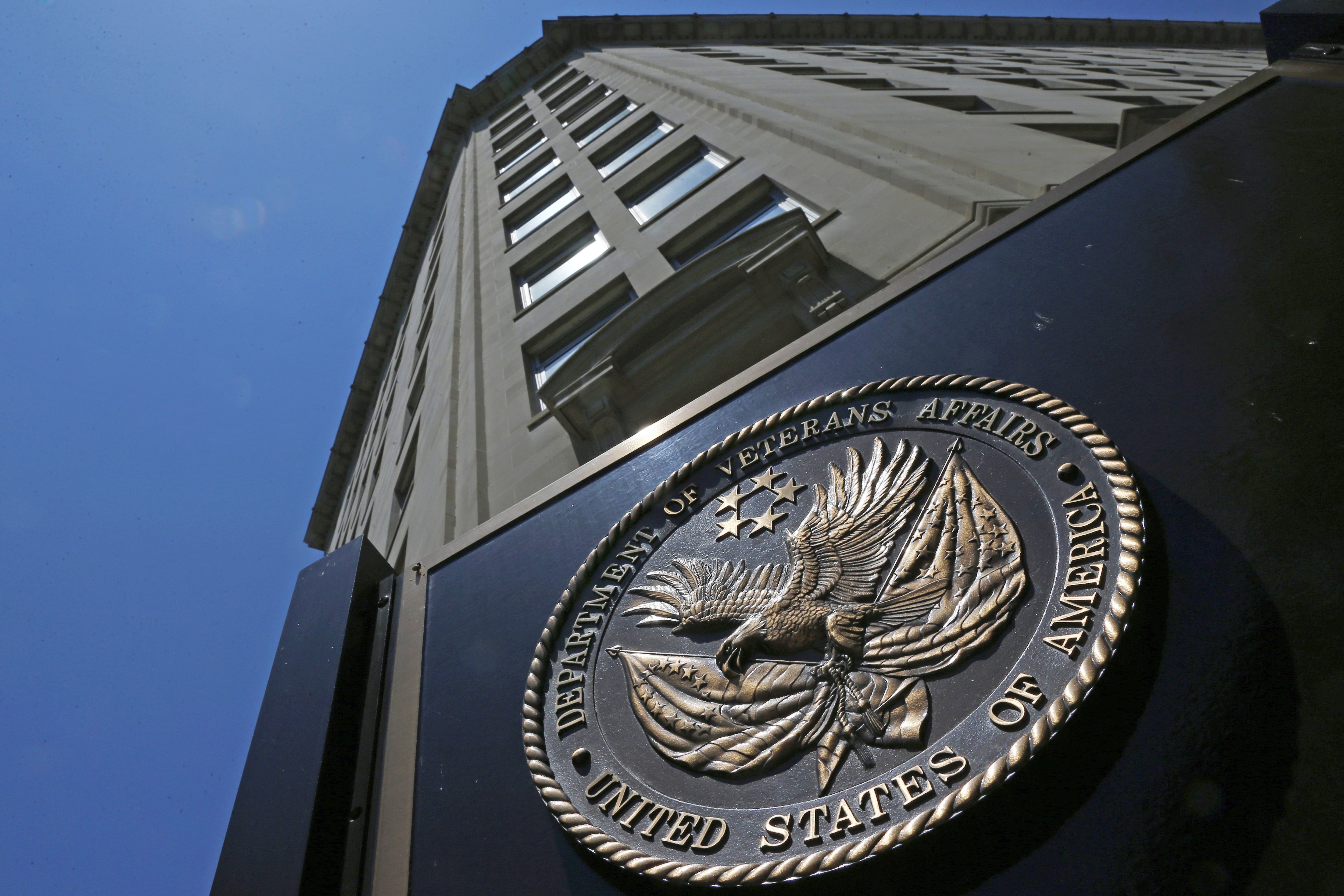Even in a small impact, there's great risk that helicopter aircrew can be thrown from a helicopter or knocked around inside, to deadly results.
A new restraint system is designed to close safety gaps, giving aircrew a tether that is mounted to their seats, moves with them in the aircraft and locks up if they trip or fall.
"Bottom line, it is designed to increase aircrew survivability in a trip-and-fall situation or in a crash," said Chris Motta, a government business development manager for Cobham Mission Systems.
Originally developed for the Navy, the Mobile Aircrew Restraint System was inspired by a crew member who fell out of an MH-60 during a vertical replenishment, Motta told Army Times at the Association of the United States Army conference in Washington, D.C. It's been in use since 2004 and is now used by the Air Force as well.
It's a seatbelt-like tether controlled by a reel mounted to an aircrew seat. It's designed for crew chiefs, who are moving around inside the helo or hopping in and out moving supplies or personnel.
In-flight, the tether has 63 inches of webbing to allow the crew chief to walk around. If he trips, the jerking movement will lock the tether, keeping him from smacking into the ground or falling out of the helo.
In the current system, called the personal restraint tether, soldiers have an adjustable webbing that goes out to 12 feet, clipped to the floor of a helo near their seat. They are supposed to adjust the tether to only give them enough length to get to the door, but that doesn't always happen properly, Motta said.
"And the problem with that is, they could have it connected toward the back -- in a crash scenario, they're going to go over," he said.
MARS closes that gap by locking in place if there's an impact. A tap tightens it, and a tap loosens it back up.
"If they're doing a hoist operation and they're leaning out the door, they can tap it and they're locked in," Motta said.
Cobham is working with the Army's utility helicopter program at Redstone Arsenal, Alabama, to bring MARS online. There has been some back and forth about testing, Motta said, but Cobham is dubious.
"There should be no reason to do testing, because the Air Force has been flying it," Motta said. "The Navy flew it."
The Army is working on a requirements document, he said, and the plan is to meet again at the end of this month. Once the Army approves the idea, he said, they have hundreds in stock, ready to send to the force.
Meghann Myers is the Pentagon bureau chief at Military Times. She covers operations, policy, personnel, leadership and other issues affecting service members.


